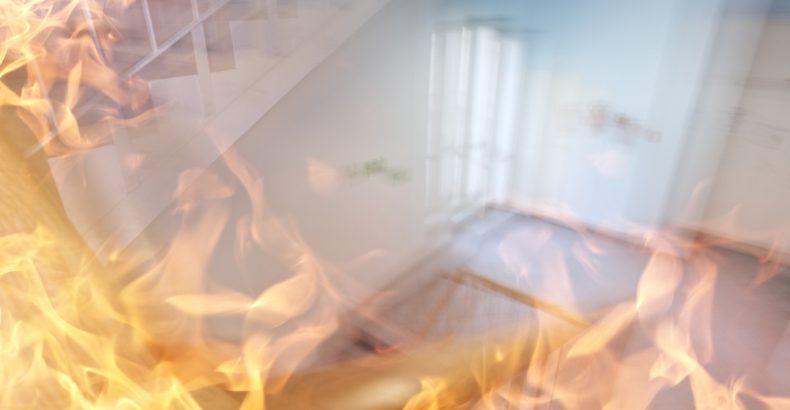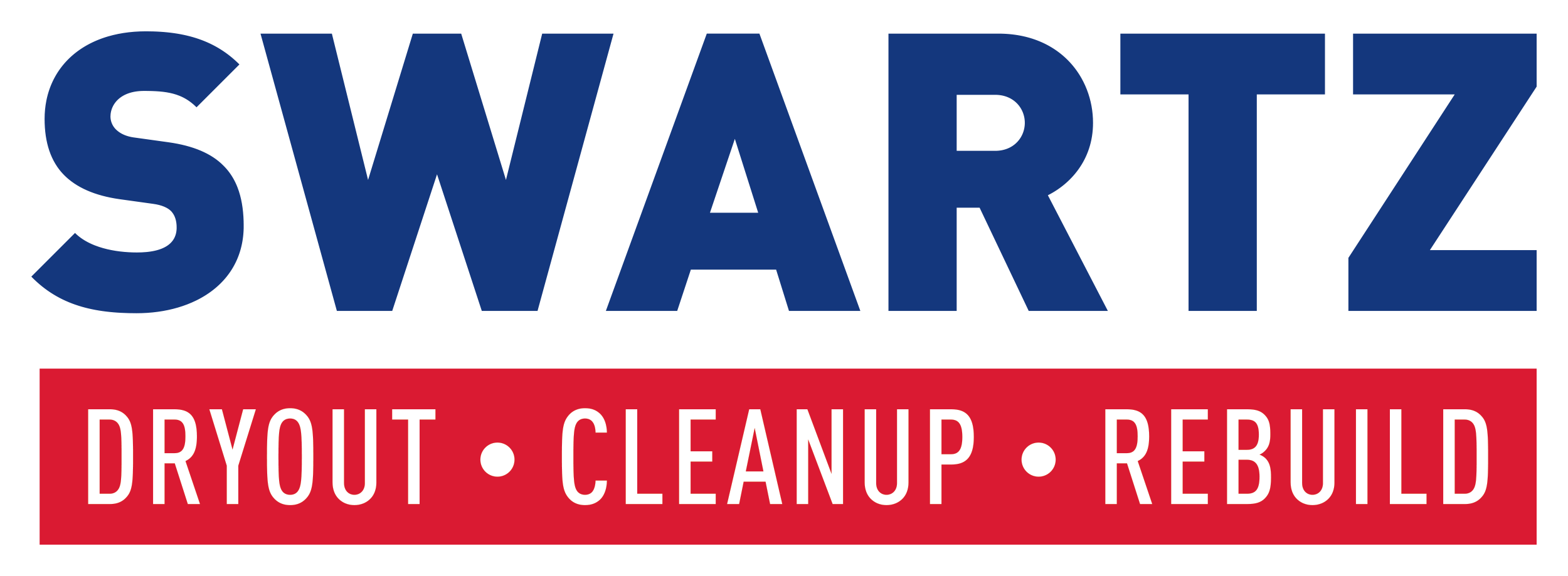
How to Execute the Proper Fire Escape Plan
Here’s a startling fact: Each year in this country, there are more than 300,000 home fires that result in nearly 3,000 deaths and $6.8 million in property damage.
Those cold, hard numbers are frightening, but it’s even worse when you consider the terror a family goes through during a fire. It can be pure panic and that reaction will only make a bad situation worse.
But, you can help yourself in the event of a fire, if you make a plan and practice it. Being prepared and well-rehearsed will help you react and increase your chances of getting your family out safe and sound.
Smoke alarms:
Smoke alarms should be in every sleeping room, outside sleeping areas and on each level of the home.
Make a Plan:
Get your family together and draw up a plan. If you have children, make sure they help out so the situation is less intimidating. Draw up a map and put it in a prominent location so it’s a regular reminder. Make sure you plan two ways out of each room and mark where all the alarms are located.
Know the plan:
Make sure everyone knows the plan, walk the route, clear the doors, exits and check to see if windows can be opened easily. Find the perfect meeting space for everyone, somewhere a safe distance away in front of the house.
Contact the fire department:
Everyone needs to memorize the fire department’s phone number, so anyone can call from a cell phone or a neighbor’s phone. Also, make sure your street number is easy to see from the road, paint it on the curb if not.
Assistance:
If members of your household need help — babies, elderly, those with mobility issues — assign at least two people to make sure they’re taken care of.
Don’t get stuck:
If there are security devices on doors or windows, make sure everyone knows how to release them and get out.
Stay out:
Do not go back in the house once you’re outside, under any circumstances. Tell the fire dispatcher if someone is missing and allow the trained professionals to jump to the rescue.
Testing your plan:
Practice your escape plan twice a year and try to set up a realistic drill each time. Let children get comfortable with the plan before doing any surprise drills. If you do a drill at night, make sure to see who doesn’t wake up quickly and might need someone to help get them going.
Second floor:
If family members can’t escape from a second-floor easily, put some escape ladders near the windows and make sure children can get down them without problems. If they struggle, have an adult ready to help them out.
Close doors:
This prevents the spread of fire and gives you more time to escape.
Choose the best route:
Practice staying low during rehearsals to escape under toxic smoke and if the real thing happens, choose the safest route with the least amount of smoke and heat.
Be prepared to seal yourself in:
If your route is too smokey and the fire is too close, be ready to seal yourself into a room. Close doors, try to seal air vents and door cracks with towels, pillows, blankets, whatever you have available. Then, call the fire department or yell out a window to let them know where you are to be rescued.
Being safe often comes down to planning and preparation. Not being ready for an emergency situation will only cause panic, fear and dangerous situations should the worst happen.
Did you know Swartz Contracting & Emergency Services can help with fire restoration projects from boarding up, to clean up, to restore your property to pre-loss condition? For more information, contact us today!
